Superbooth 2022: Arturia’s V Collection 9 gets a Korg MS-20 and reboots some old favourites
SQ80 V and two Augmented Strings instruments also added
SUPERBOOTH 22: Arturia’s V Collection is now firmly established as the go-to software bundle for lovers of classic synths and keyboards, and with the launch of version 9, it’s getting even bigger.
The most eye-catching addition is an emulation of Korg’s classic MS-20. Interestingly, the interface for this one actually bears the Korg logo; given that the company already has its own MS-20 plugin, this comes as something of a surprise.
MS-20 V looks just like the original, as you’d expect, and promises to recreate the hardware’s semi-modular architecture and classic analogue sound.
Next up there’s the SQ80 V, a reboot of the Ensoniq crosswave synth of the same name. We’ve seen this one already, of course; if you like the gritty sound of early digital synths, you’ll love it.
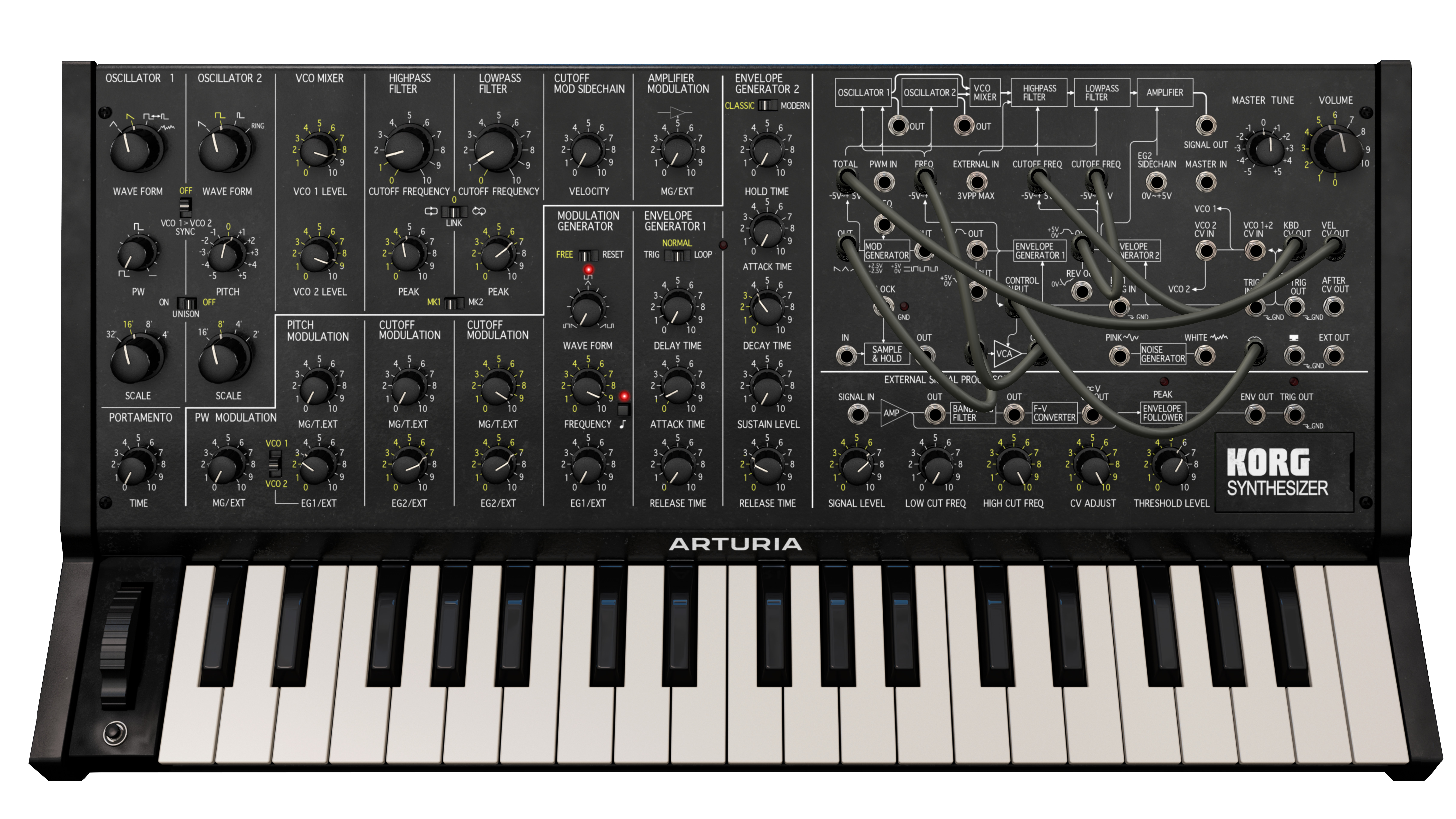
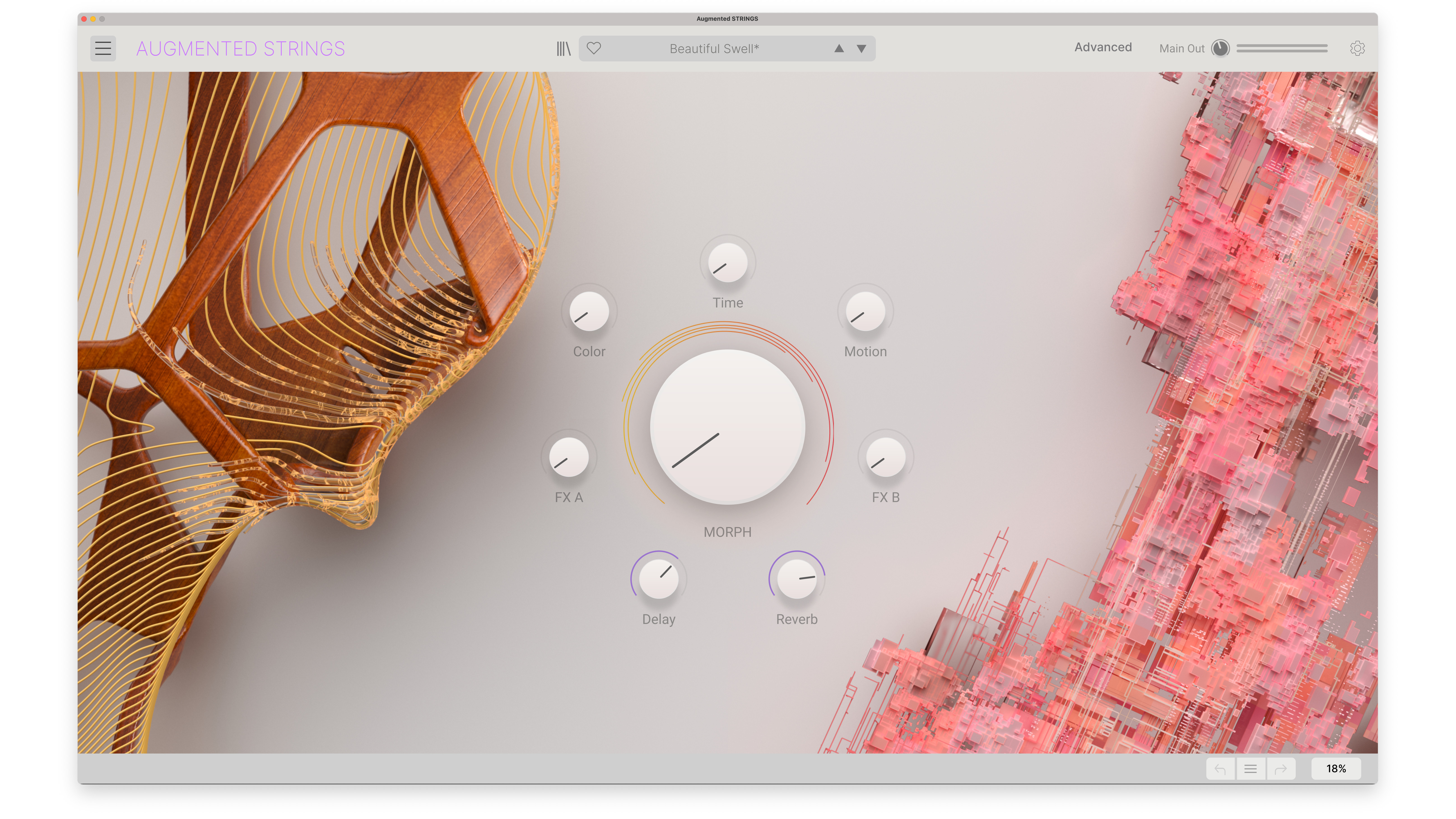
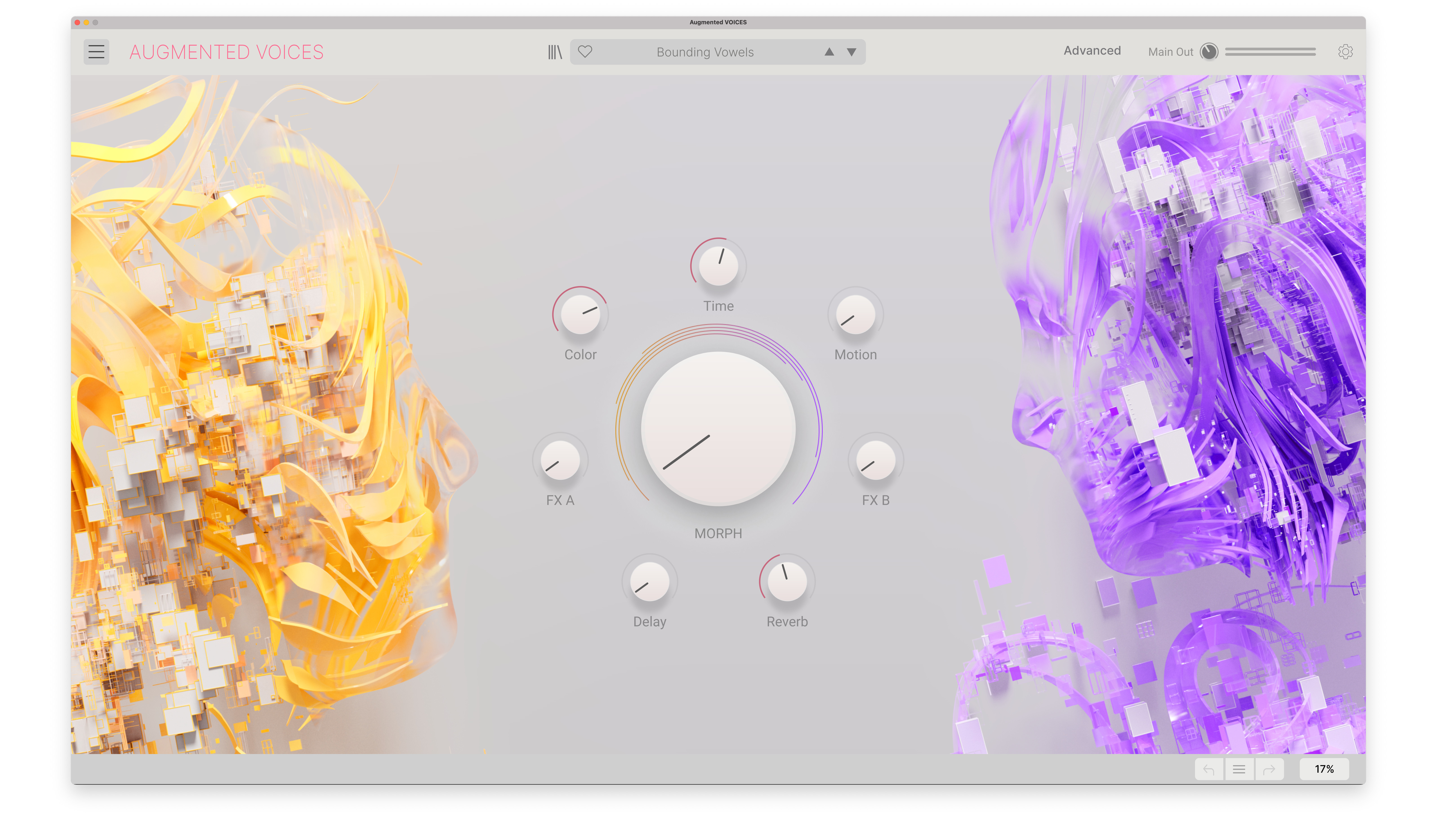
Rounding out the new instruments are two titles in Arturia’s new Augmented range. Augmented Strings (a beefed-up version of the Augmented Strings Intro plugin that Arturia gave away last month) blends sampled and synthetic strings, enabling you to morph between them. Augmented Voices lets you combine the human voice with multiple synth engines in a similar fashion.
V Collection 9 also contains four rebuilt instruments - CS-80 V, Prophet-5 V, Prophet-VS V and Piano V. These updates are designed to bring them bang up to date.
Finally, there are 14 exclusive soundbanks that are designed to show off what each of the new V Collection titles is capable of.
Get the MusicRadar Newsletter
Want all the hottest music and gear news, reviews, deals, features and more, direct to your inbox? Sign up here.
If you’re a registered Arturia user, you can log in to your account to see your special V Collection 9 introductory price. For everyone else, it’s available for the introductory price of €499 (regular price €599).
Find out more on the Arturia website.
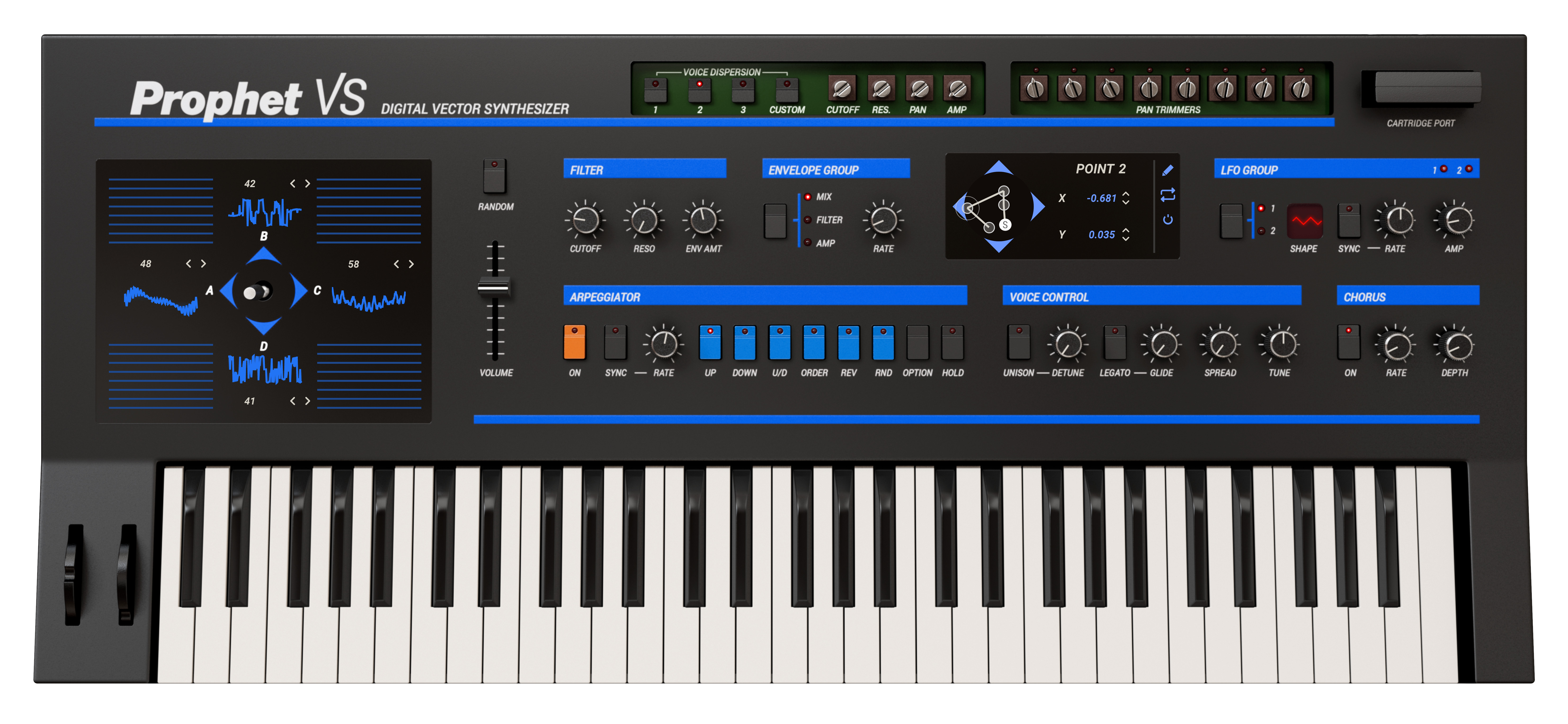
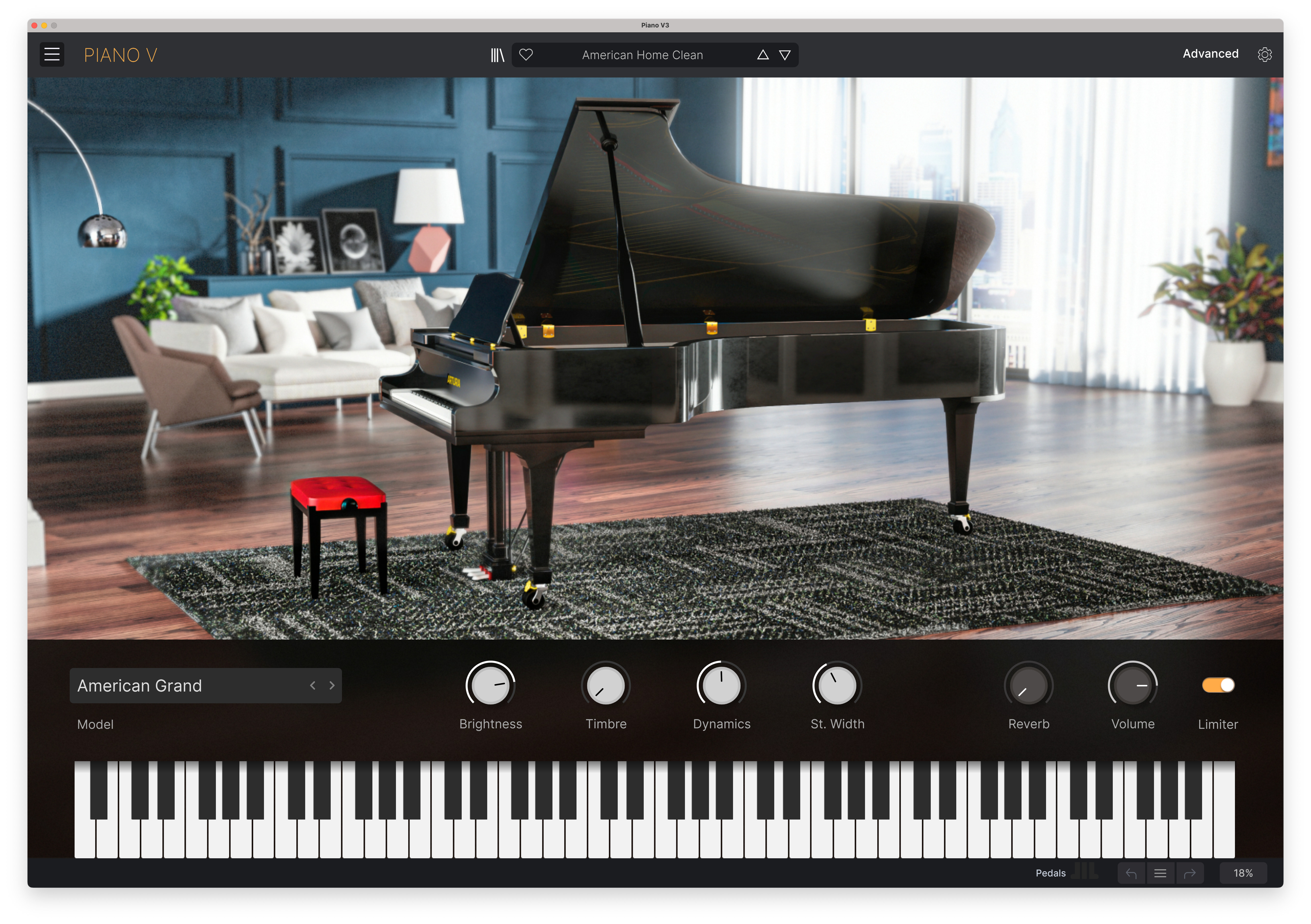
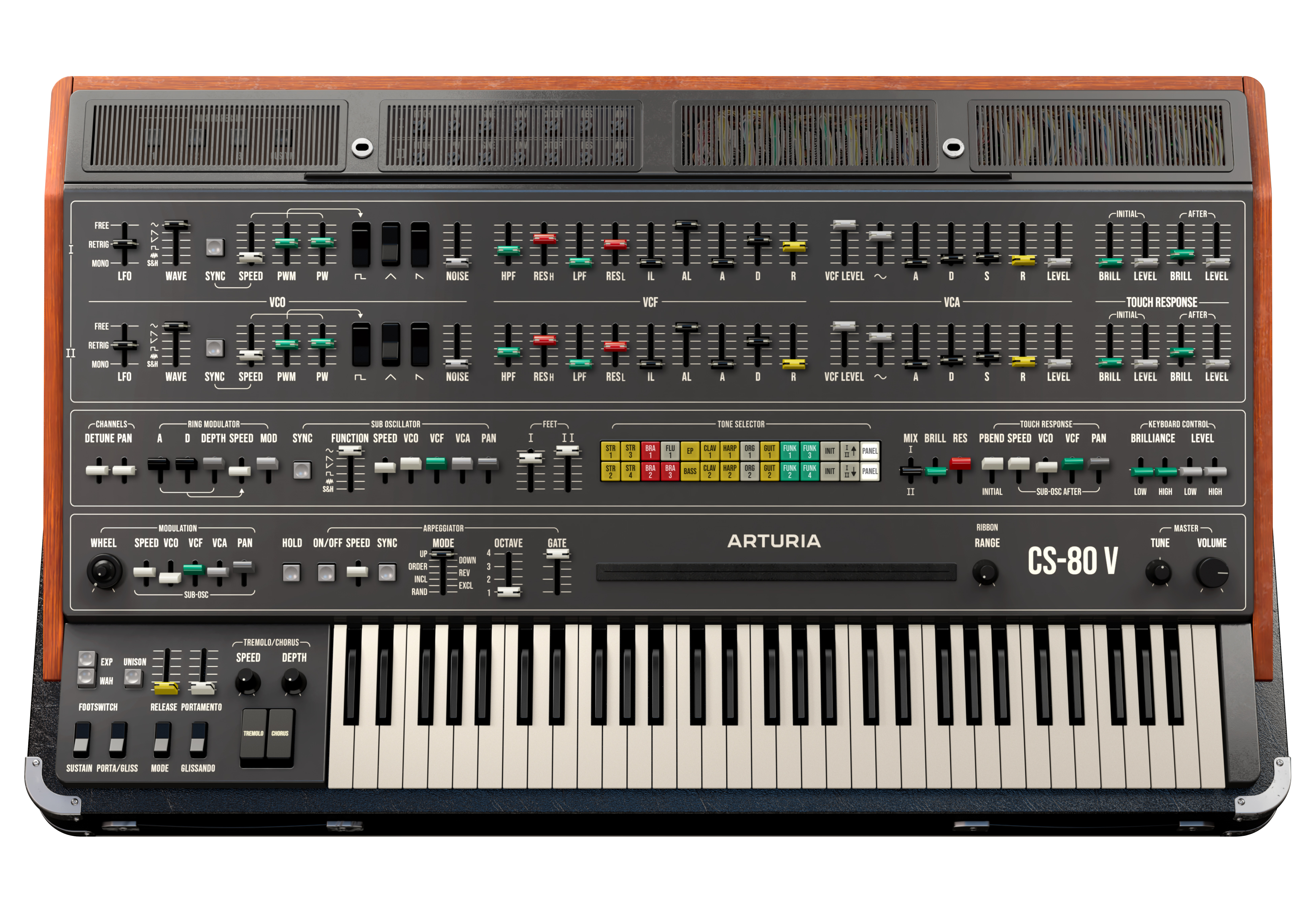
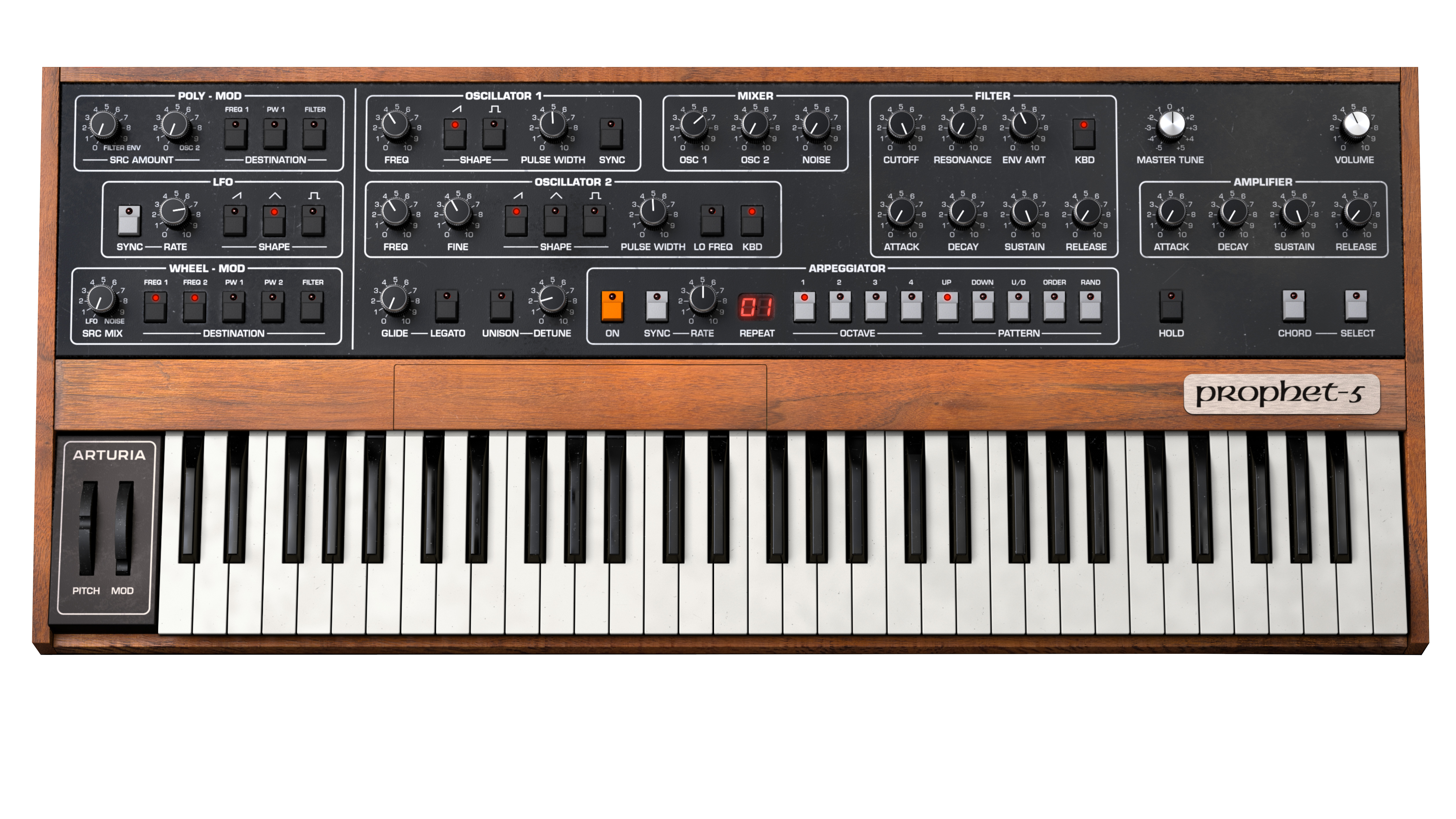



I’m the Deputy Editor of MusicRadar, having worked on the site since its launch in 2007. I previously spent eight years working on our sister magazine, Computer Music. I’ve been playing the piano, gigging in bands and failing to finish tracks at home for more than 30 years, 24 of which I’ve also spent writing about music and the ever-changing technology used to make it.









